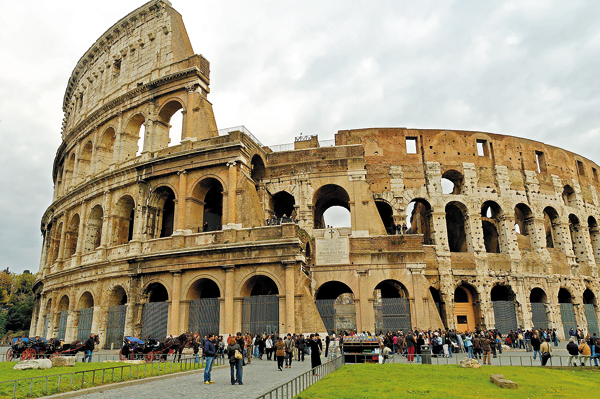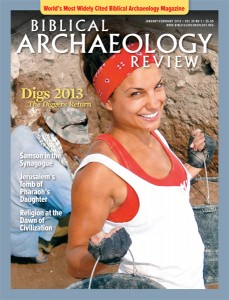Strata: Jewish Captives in the Imperial City
Ancient Rome was the superpower of its day. Yet, when the Romans conquered the tiny province of Judea and quashed the First Jewish Revolt in 70 C.E., it was actually a pretty big deal.
BAR readers are familiar with the Judea Capta coins issued by the emperors to celebrate the Roman victory over the Jews,a but new projects are shining a light on some of Rome’s most famous monuments and the important role of the defeated Jews in the distant city.
Restoration work was set to begin in December on the iconic Colosseum, Rome’s first all-stone amphitheater, which could seat upwards of 50,000 spectators for its gladiatorial bouts, animal hunts and mock naval battles. The work, expected to conclude in mid-2015, will include the cleaning and restoration of the familiar arcaded façade, the creation of a services center, and the restoration of numerous galleries and underground spaces.1

The Colosseum has been so called since at least the eighth century C.E., in reference to a colossal statue of the notorious emperor Nero that stood nearby. In fact, the original name of the structure was the Flavian Amphitheater, after the emperors of the Flavian dynasty who built it in the late first century C.E.—Vespasian, Titus and Domitian. (The Jewish historian Flavius Josephus took the emperor’s family name when he came under the patronage of Vespasian.)
Already a library member? Log in here.
Institution user? Log in with your IP address.

